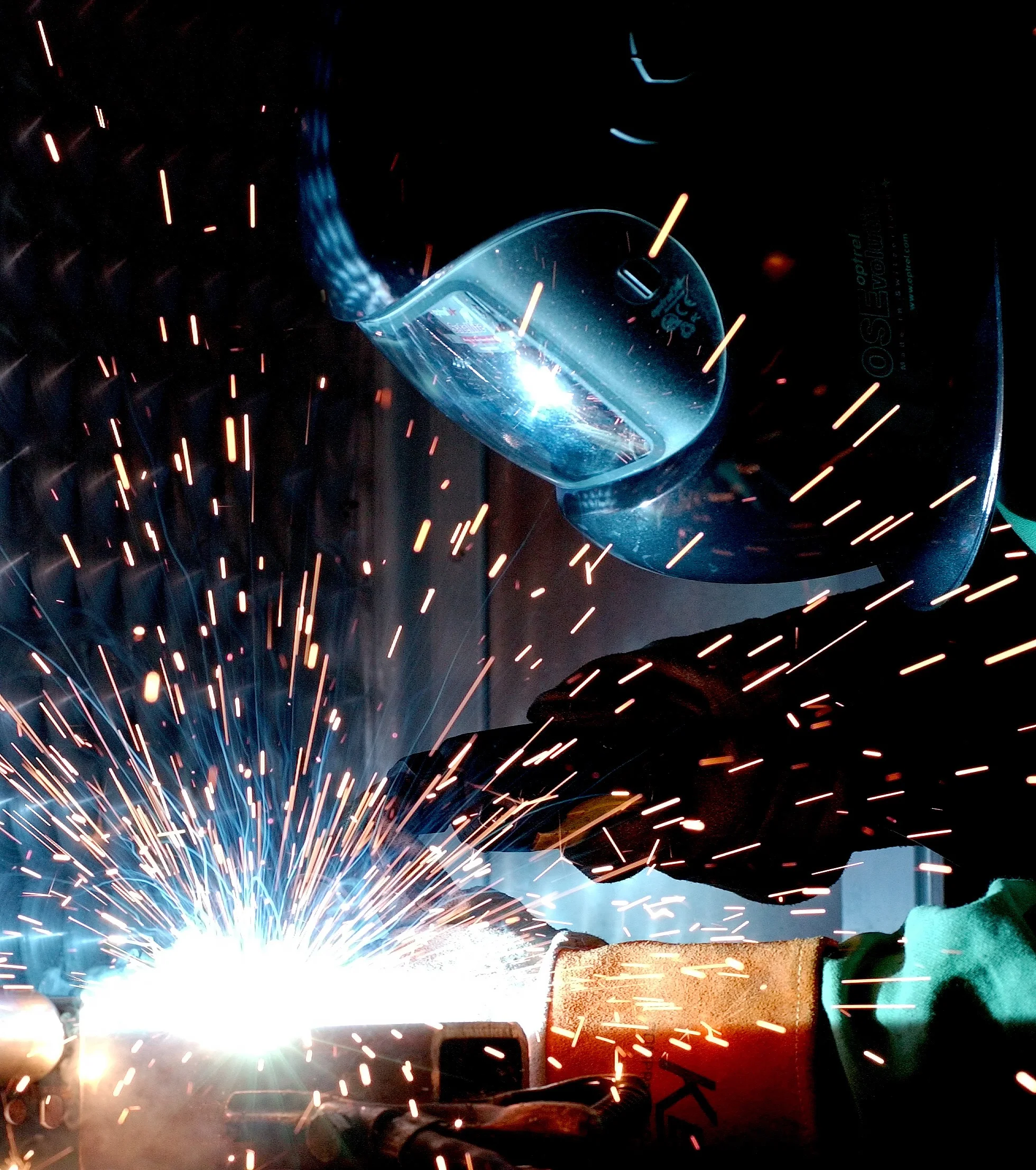Increasing Efficiency by Creating a Culture of Automation
In a world of automation, simple mechanisms are able to provide accurate and predictable outcomes in specifically tedious jobs. More advanced robotic mechanisms and code today play roles in providing predictable outcomes in much more advanced situations. Basic advanced mechanical automation can be observed in CNC/CMM machines, some requiring only basic maintenance and material supply.
Employee Automation
Without delving deep into the digital infrastructure running these machines, it is important to at least understand the basic premise of automation in a manufacturing facility.
An employee skillful in a broad array of operations that can easily be automated is far less valuable to a company when compared to an employee able to automate these operations. Therefore, specifically in a high output custom manufacturing facility, training an employee to learn automation or hiring an operations manager capable of automating tedious assembly processes will become significant in the operating culture.
Example: Rolling Soft Material
As an example, the automation of rolling soft material will be explored.
In the example, a company is selling a kit that includes a rolled strip of cloth or duct tape. Prior to automation, the employee manually rolls the material, taking time (and possibly using product) to verify the length used. After automation, a machine automatically rolls the material with consistency in force and length.
In a basic scenario, an employee will still be manually pressing a button, but will have mitigated the cost of 100% inspection, waste of material, and setup time.
Material Thickness
Soft material is “spongy,” therefore, the material thickness changes based on the final diameter of the roll (as well as the force at which the material was pulled). If the force is constant and does not cause a decrease in the width of the soft material, the thickness can be estimated by the following equation:
Where t is the material thickness, is the outer diameter of the roll, is the inner diameter of the roll, and L is the length rolled in the test scenario. REFERENCE
Due to the compression, the thickness will vary slightly. This equation, though, is only an estimate and will likely not work on very large or very small diameter rolls of material as well as fairly dense material.
Diameter of Roll
Using the estimated material thickness, the outside diameter of a roll given a required length of material can be estimated. The equation can be tested and an error factor can be generated, though, the automated process will provide a consistent output.
Workplace Efficiency
Creating a culture of automation will create a culture of entrepreneurship. Providing resources for and allowing employees to create a simpler, more effective working environment for themselves and their coworkers will increase efficiency and reduce wasted work.
The majority of mistakes and time wasted occurs in the setup process of manufacturing operations due to the long range effects. Managing the setup risks by automating and simplifying the setup process will increase efficiency.
Jarrett Linowes
Mechanical Engineer
omniamfg@gmail.com
Did I miss anything you are interested in? Send me an email or comment below!









